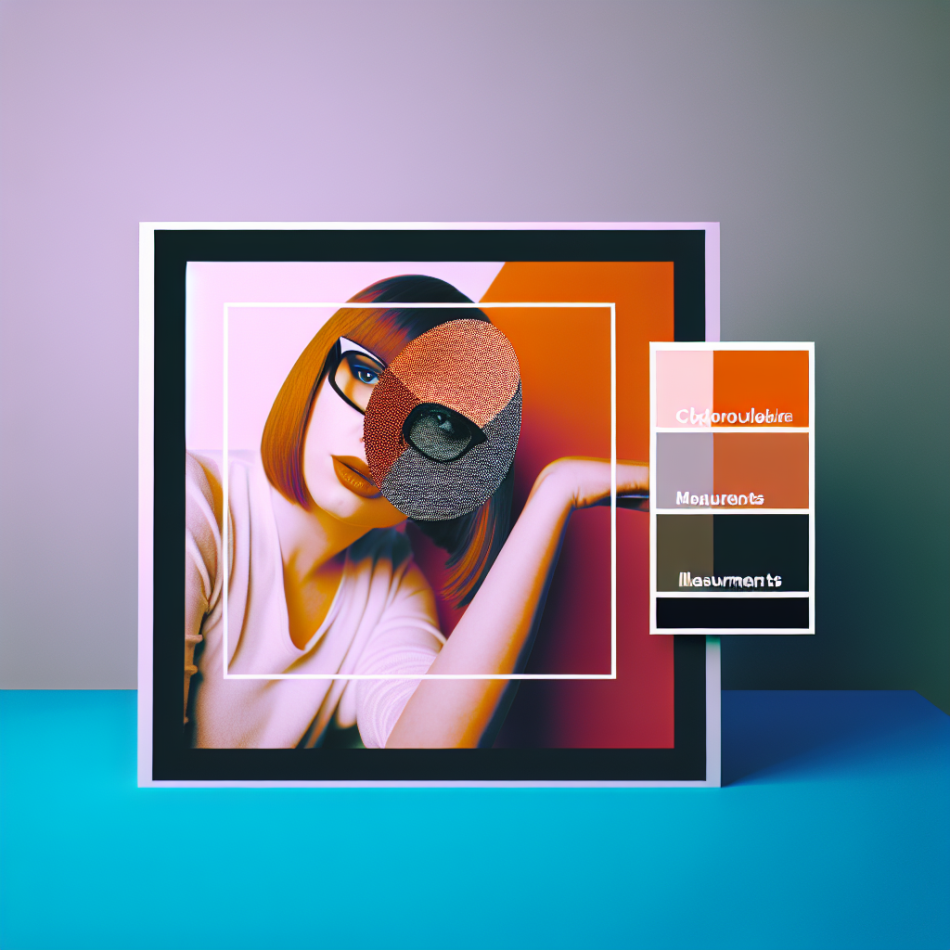Creating Inclusive Brand Campaigns for Neurodivergent Audiences: Why Design Matters
In today’s diverse world, inclusivity in branding is no longer optional—it’s essential. Yet, many campaigns overlook neurodivergent audiences, who experience and interact with content differently due to conditions like autism, ADHD, or dyslexia. From font choices to motion design, subtle elements can alienate or empower. This article explores how brands can prioritise accessibility through thoughtful design, ensuring clarity, comfort, and connection for all.
Understanding Neurodiversity in Design
Neurodiversity encompasses a spectrum of cognitive differences, each influencing how individuals process information. For instance, someone with dyslexia might struggle with dense text, while autistics individuals may find rapid animations overwhelming. Inclusive design acknowledges these variations, aiming to create experiences that accommodate rather than exclude. It’s not just about compliance—it’s about respecting the 15-20% of people globally who identify as neurodivergent.
The Role of Font Choices in Accessibility
Fonts are more than aesthetic tools—they’re gatekeepers of readability. Sans-serif fonts like Arial or Verdana are often easier for dyslexic readers due to their clean, uniform shapes. Avoid overly decorative or condensed typefaces, which can blur letters together. Additionally, ensure adequate spacing: line heights of 1.5x font size and character spacing of 35% improve legibility. Tools like OpenDyslexic font or browser extensions can further personalise experiences for users.
Contrast: Balancing Aesthetics and Functionality
High contrast improves readability but can cause sensory strain. The Web Content Accessibility Guidelines (WCAG) recommend a contrast ratio of at least 4.5:1 for text. However, stark black-on-white may overwhelm light-sensitive viewers. Soft contrasts, like dark grey on off-white, offer a gentler alternative. For colour-blind audiences, avoid relying solely on colour to convey meaning—use textures or labels alongside hues.
- Do: Test contrast with tools like WebAIM’s Contrast Checker.
- Don’t: Overlay text on busy backgrounds without sufficient contrast.
Managing Motion and Animation
Autoplay videos or flashing banners can trigger sensory overload or seizures in audiences with conditions like epilepsy. The WCAG advises limiting animations to under five seconds and providing pause buttons. For parallax scrolling or transitions, offer a “reduce motion” toggle. Even subtle details matter: smooth, predictable movements are less disruptive than erratic ones. Remember, motion should enhance—not dominate—the user experience.
Clarity Over Creativity: Simplifying Messaging
Neurodivergent audiences often thrive on clear, concise communication. Avoid metaphors or idioms that may confuse literal thinkers. Structure content with headers, bullet points, and short paragraphs to aid navigation. Use active voice (“Download the guide” vs. “The guide can be downloaded”) for directness. Tools like Hemingway Editor can highlight complex sentences, ensuring your message resonates without ambiguity.
Practical Steps for Inclusive Campaigns
- Audit existing content for font readability, contrast ratios, and motion triggers.
- Collaborate with neurodivergent consultants or focus groups during design phases.
- Implement adjustable settings (e.g., text size, contrast modes) on digital platforms.
- Train creative teams on accessibility standards like WCAG 2.1.
Conclusion: Building Bridges Through Thoughtful Design
Inclusive design isn’t a niche consideration—it’s a reflection of your brand’s values. By prioritising legible fonts, balanced contrast, controlled motion, and clear messaging, campaigns become accessible to neurodivergent audiences while enhancing usability for all. Start with audits, involve diverse voices, and embrace flexibility. In doing so, brands don’t just avoid exclusion—they foster loyalty, trust, and meaningful engagement in an increasingly aware world.
